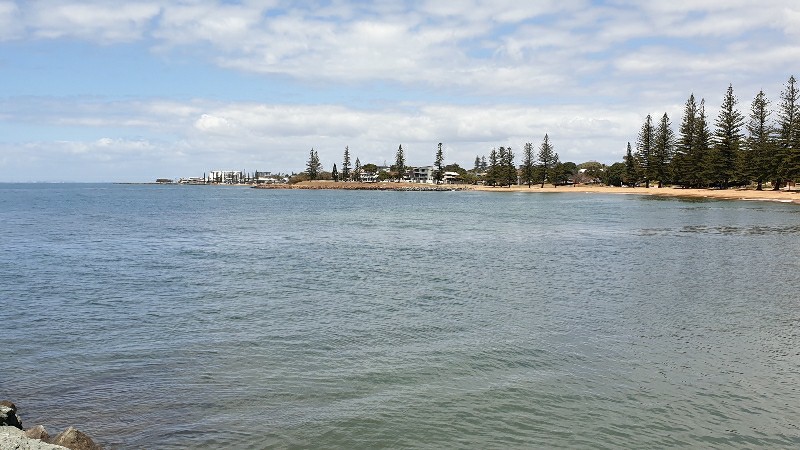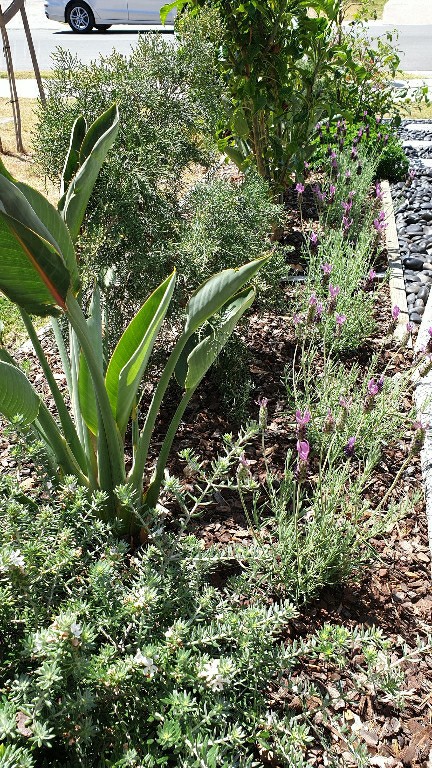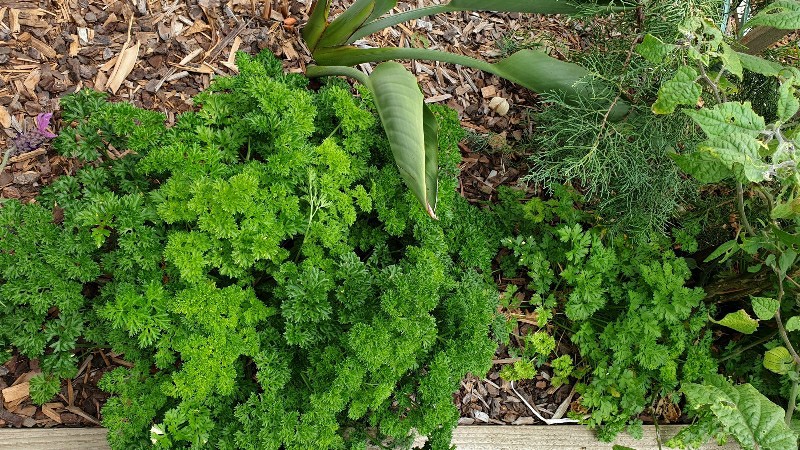
Having a home by the sea has many advantages, however, one disadvantage, is the poor quality of the soils for gardens and the difficulty in growing plants that thrive in coastal areas.
Coastal soils are often sandy and have poor water retention ability but might also be heavy, salty and highly alkaline. This means their PH level is about 7 or above, which makes growing plants quite tricky.

If I wanted to grow Azaleas, Camellias, Magnolias or my favourite flowering shrub: Gardenias, for example, the coastal soils would need organic and chemical* help.
*Please note growing azaleas, camellias, magnolia and gardenias will require a specific fertilizer or may wither or develop yellowing leaves, without the right conditions.
As some of my garden had already been established, adding large quantities of peat moss, compost or organic matter wasn’t going to be a viable option, so in order to change the PH of the soil, I needed to look at other options.
It’s always best to test the soil’s pH level and follow instructions to the “T” when using anything to change soil pH.
If your soil is highly alkaline, adding sulphur, peat moss, sawdust, or aluminium sulfate can help neutralize it.
Adjust soil pH slowly, over time, avoiding any quick fixes. You can simply add plants suitable for alkaline soil. Read more about Plants For Alkaline Soils
https://www.gardeningknowhow.com/garden-how-to/soil-fertilizers/plants-for-alkaline-soil.htm
Damage to Plants from High Ph Levels
The first warning sign that the plants in my garden were suffering from a high Ph level was leaves turning yellow with a green midvein, evident firstly with the alkaline sensitive Gardenias and later, the Murraya, or Mock Orange, and some of the small Cupheas bordering the garden.

My next step in remediation was to stabilize the Gardenia, in situ, with an appropriate chemical fertilizer suitable for the sensitive likes of those plants and plant out more alkaline-tolerant species, as well as add organic matter where possible.

Within a few weeks of applying the fertilizer, the Gardenias and Magnolia had shiny new green growth. I applied a general fertilizer to the Murraya and the Cupheas and although slower, they are responding with new buds.
Growing Lavender in Coastal Areas
Lavender plants are a sound choice for coastal areas as they relish well-drained sandy soils and don’t mind wind. The ones I planted thrived in soil that had an upper layer of very sandy alkaline loam with an underlying, also alkaline, clay. They are especially beautiful now, in full bloom. No fertilizer needed, or signs of alkaline damage, so far.

Lavender plants make spectacular borders and vary in height: Lavender dentata, for example, grows to a height of 60 cm and can be pruned to a ball shape lightly after flowering.
Growing Your Own Lavender Plants
Lavender blossoms make excellent cut flowers,or can be used in dried flowers arrangements or potpourri. After flowering, I remove the lavender flowers from the stems and pot up the trimmed down leaf tips and place them in potting mix after first dipping the ends in rooting powder and then seal them with a plastic bag for several months. After that, you should have some established new Lavender plants.
It’s really a plant that keep on giving.

Lavender is known for its therapeutic properties.
Growing Olive Trees in Coastal Areas
Contrary to popular belief, Olive trees do not really have troublesome root systems, and as they do like coastal conditions they can also tolerate alkaline soil, well, provided it is free draining. A great choice for a coastal garden particularly with their grey-green foliage.

Olive trees take about 7 years to produce fruit. Sadly, we had to leave a beautiful olive tree at our former location, when we moved to the ‘Home by the sea,’ one that was close to flowering and producing olives.
The tree was about five years old and about 3 metres tall. It was not in a position of full sun, but we do live in the sub-tropics, so the sun is stronger here. Olive trees seem resilient to pests, so are a great choice for coastal and Mediterranean-style climates.
Plants suitable for Alkaline soils:
Some other plants that cope well in Alkaline soil types are listed below.
Herbs/Vegetables for Alkaline Soils
- Thyme
- Parsley
- Oregano
- Asparagus
- Sweet Potato – my plants are thriving. Just pop them in and watch them grow.
- Beets
- Cabbage
- Cauliflower
- Cucumber
- Celery
Parsley can be used as an edible border plant as it is a splash of greenery and handy for use in making Tabouli or salads in the kitchen. It is a herb that does like alkaline soils.


Shrubs and Trees for Alkaline Soils
- Viburnum
- Cotoneaster
- Mock Orange
- Honeysuckle
- Spiraea
- Hydrangea
- Lavender
- Rosemary
- Juniper
- Olive Trees – as long as the soil is free draining.
Enjoy creating a Coastal Garden




We don’t try to grow anything special at our coast house. It’s a bush block on rock.
LikeLiked by 1 person
No amount of organic matter can transform rock. You’ll need dynamite not Dynamic lifter!!
Raised beds may be your only hope.
LikeLiked by 1 person
Not worth it.
LikeLiked by 1 person
Okayyyy
LikeLiked by 1 person
A block with a 1:4 slope is no place for raised beds.
LikeLiked by 1 person
Eek!
LikeLiked by 1 person
Wish we could grow olives here!
LikeLiked by 1 person
You can’t grow them, you but you can still eat them.
LikeLiked by 1 person
That’s very true and I love them with a glass of wine Amanda!
LikeLiked by 1 person
A beautiful accompaniment.
LikeLiked by 2 people
Thank you! That is kind of you to say so
LikeLike
My mouth is now watering!!
LikeLiked by 1 person
Everyone seems to be able to grow except me … it just keeps dying.
LikeLiked by 1 person
What is it you are trying to grow? Gardenias?
LikeLike
Sorry, I meant to say Lavender! Gardenias I used to have trouble with then I stopped ‘looking’ after them and they grow!
LikeLiked by 1 person
Interesting! I have not known gardenias to thrive on neglect – unless you have good acidic soil. I had a wonderful shrub for years but I feel like the newer ones available are a little more fussy. They may have tried to produce varieties that flower more and in the process require more insecticide to keep pests at bay.
LikeLike